As we enter the month of December, let’s take a look at how Christmas is celebrated in South America. Our first stop is Peru!
Spending Christmas in Peru is a delightful way to learn about and share in the traditions of this vibrant country; traditions that will likely differ in many ways from your own, but will be filled with the spirit of warmth and giving that Christmas is known for. Christmas has been celebrated in Peru since the mid-sixteenth century when the Spaniards brought Catholicism. In Peru, Christmas has its own unique traditions, decorations, and of course, food, all of which make this holiday extra special and give it a unique, South American-style flavor.
Christmas Activities in Peru
While in North America and Europe, Christmas is observed on the 25th. The main festive day in Peru is celebrated on Noche Buena, December 24th.
If you are in Cusco, the activities start in the early morning of December 24th. As part of the Andean people’s Christmas tradition in putting together nacimientos or nativity scenes for churches and homes, they often buy the pieces for their nativity scenes at the Santurantikuy (literally meaning, “Selling of the Saints” in Quechua). This historic art and craft market, which began in the 1500s, takes place every year on December 24th. Artisans and vendors from the provinces converge on the Plaza de Armas en masse, bringing moss, herbs, painted saint figurines, and other items to sell.
These displays can get very elaborate with the Niño Manuelito (Baby Jesus), Mary and Joseph, figurines of the Three Wise Men, angels, saints, and barnyard animals, trees, flowers, fruits, etc. In short, the creation of a complete miniaturized scene of Bethlehem. They are often very lovingly and skillfully constructed with people pouring their hearts and souls into them.
Besides the Nativity section, the Santurantikuy Market has many crafts booths selling everything from natural soaps to knitted hats and scarves to jewelry to baked goods to toys and puzzles, etc. The Plaza is extremely crowded during this event, so if you attend, be prepared for it to take a couple of hours to make your way from one side to the other.
For most Peruvian families, Christmas starts with attending the Misa de Gallo or Rooster Mass at around 10:00pm. After mass, the family returns home to celebrate the birth of Jesus. At this event, a small baby statue of Jesus is covered with a blanket and then at midnight, one lucky family member is chosen to place a figurine of Christ into the manger, symbolizing the birth of Jesus Christ. Afterwards, the family starts their Christmas dinner. The party continues as children are sent to bed while the adults sing and dance with the skies alight with fireworks throughout the night.
Christmas Day, December 25th, is usually a day of rest and recovery from the heavy partying and eating of the night before.
While Christmas trees are becoming more common in Peru, most families decorate their homes for Christmas with a Nativity manger and gifts are spread around the manger instead of a Christmas tree. On Christmas Eve, most Peruvian families open their presents after dinner; however, in Peru’s Andean region, gifts are not exchanged until the Day of the Three Kings or Epiphany on January 6th.
Another important traditional event to note in Peru is the Chocolatada. Many organizations and groups hold chocolatadas around Christmas time. During this event, hot chocolate and panetón or other sweet bread are served to a large number of people, traditionally to less fortunate communities that could use the extra Christmas love (and chocolate!)
Food
Food is an important part of the holidays everywhere, and Peru is no exception.
For many Peruvians, they will be eating a lot of panetón, a sweet bread-like cake (or cakelike bread) that is filled with raisins and colorful candied fruit. It was popularized in Peru at the beginning of the twentieth century, and it is the most common and most beloved Christmas baked treat. And to wash down their panetón, Peruvians would drink cups of delicious hot chocolates, usually made from scratch with melted dark chocolate, cinnamon, and cloves.
For Christmas dinner on Christmas Eve, the main dish may be a lechón, (roast pork) or a turkey. Some traditional side dishes are applesauce, tamales (both sweet and savory), mashed potatoes, and arroz arabé, a rice, vermicelli, and raisin dish that’s a very popular part of Christmas dinner in Peru. A recipe for arroz arabé can be found at this link.
If you have planned your trip to Peru over the Christmas season, you will be able to explore the Santurantikuy for some unique souvenirs and gifts to take home, and make sure to either be in the Plaza de Armas or somewhere with a good view to take in the beautiful fireworks that light up the skies at midnight!
¡Felíz Navidad!

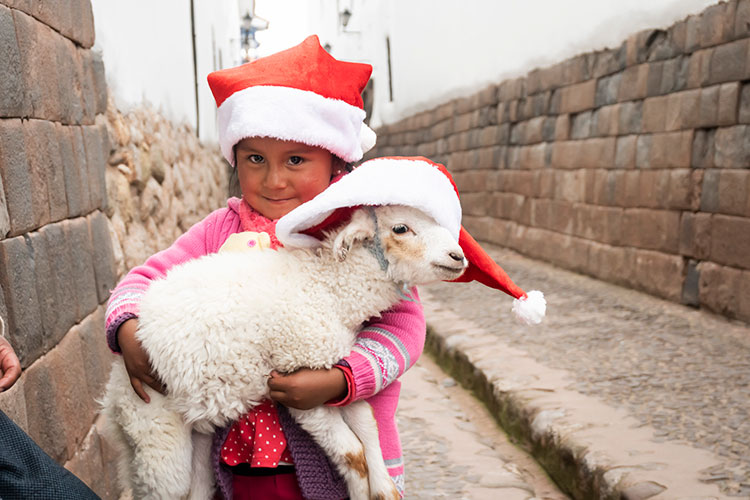

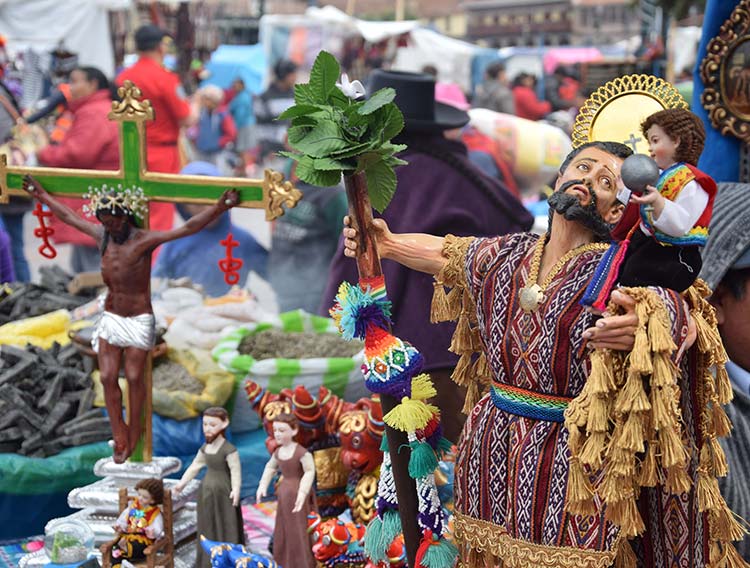
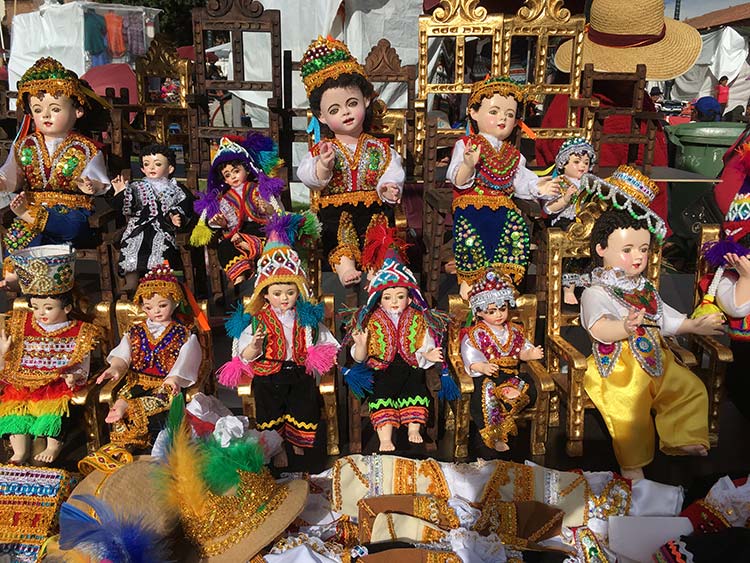
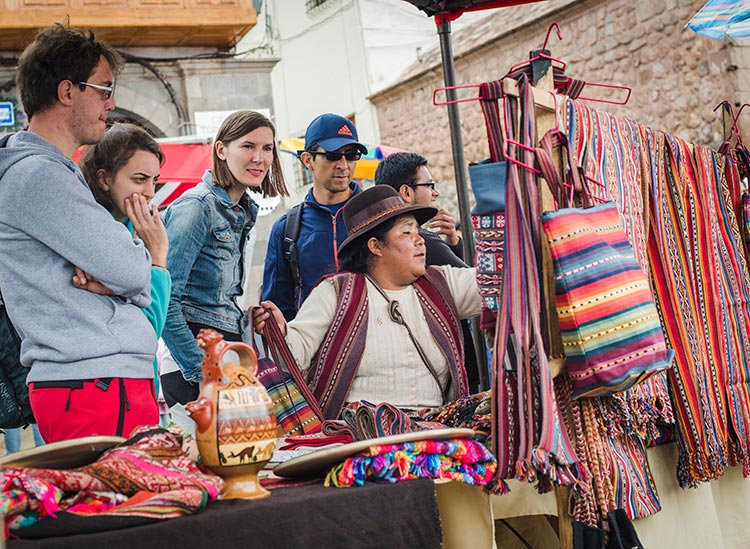
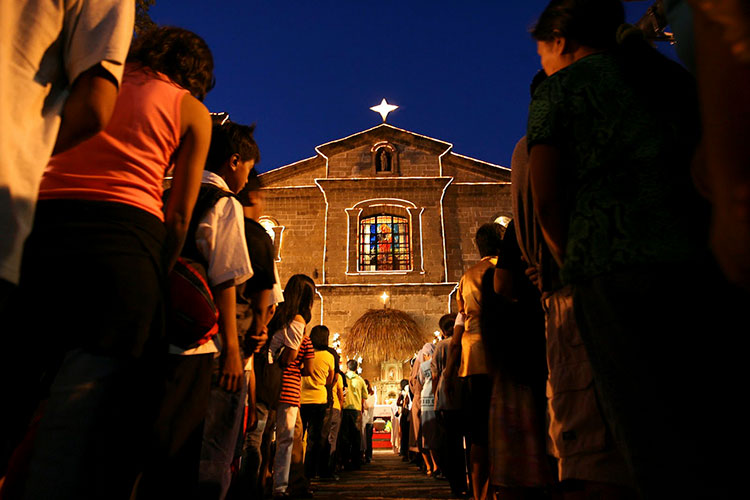

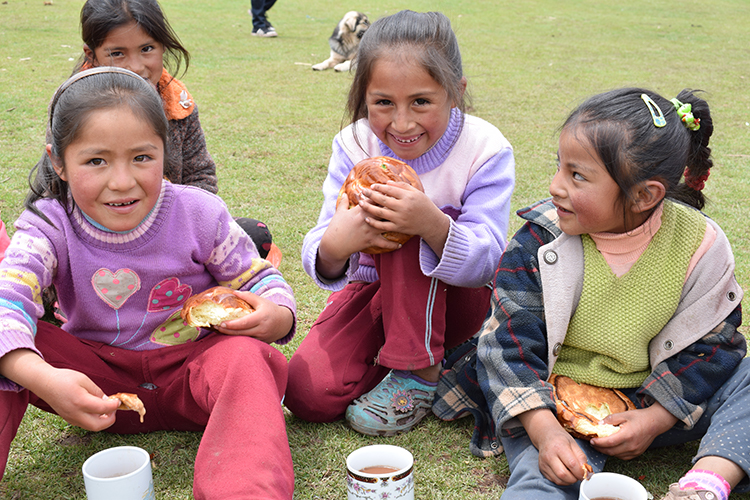
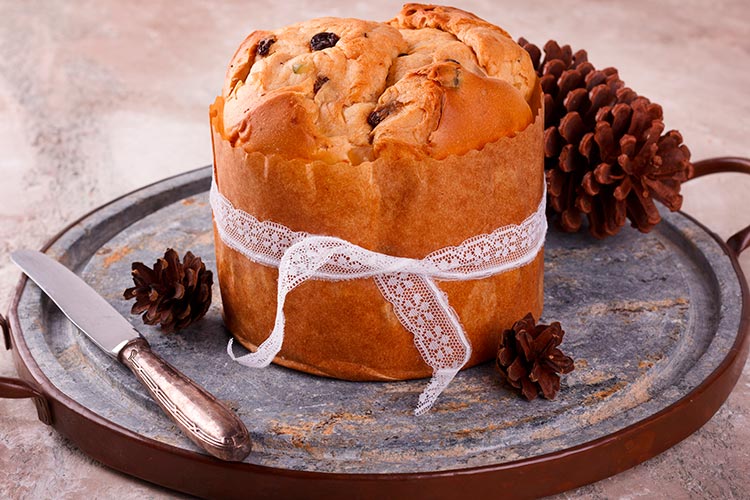
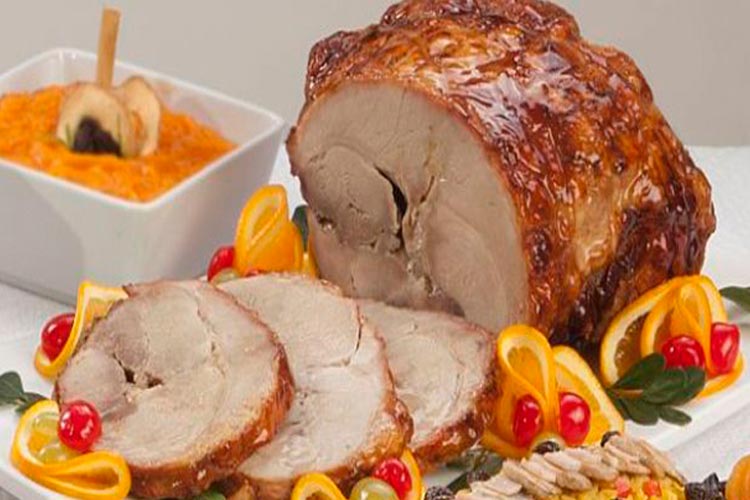




Leave a Comment